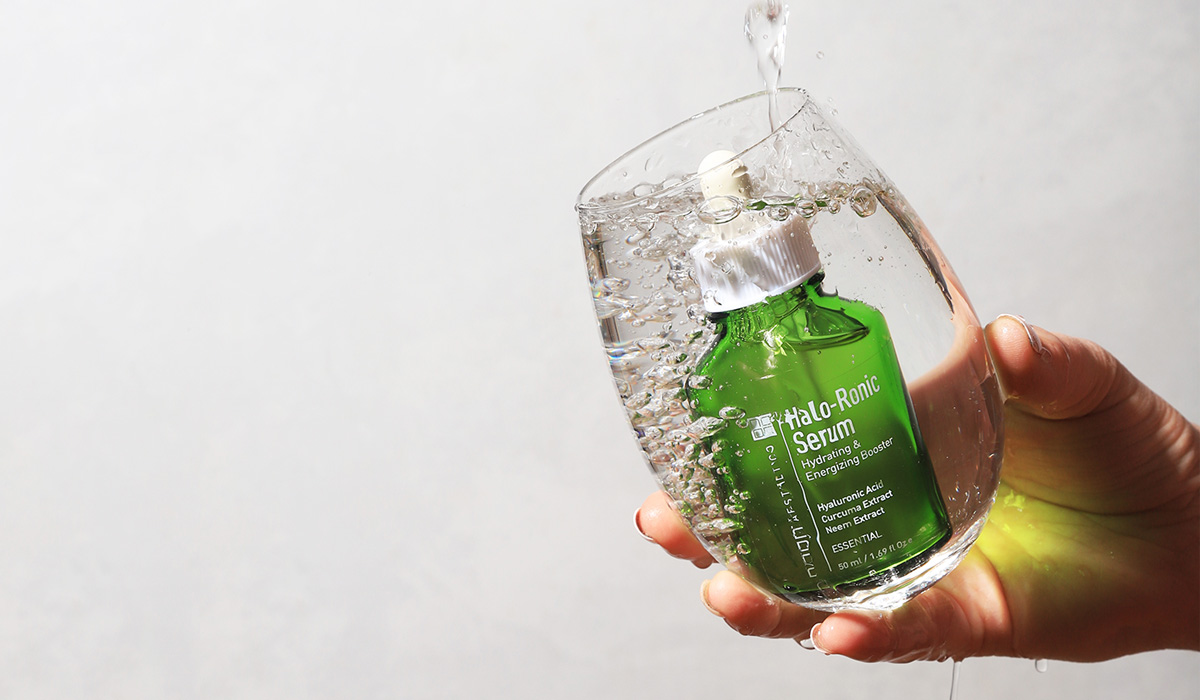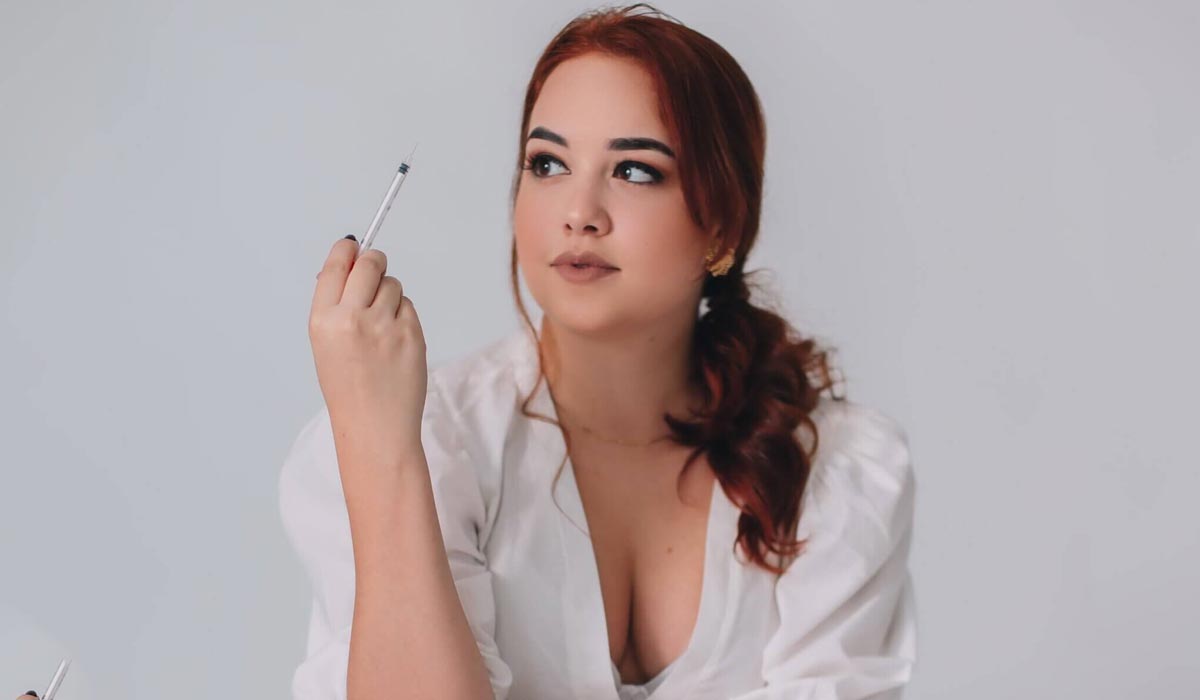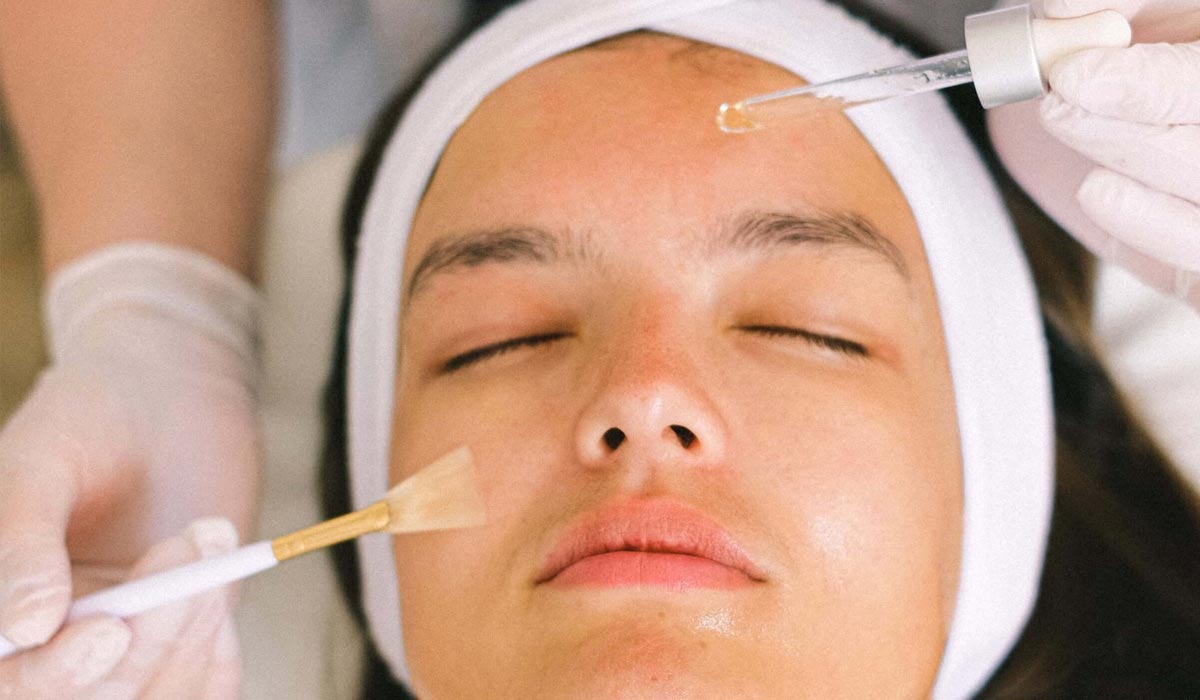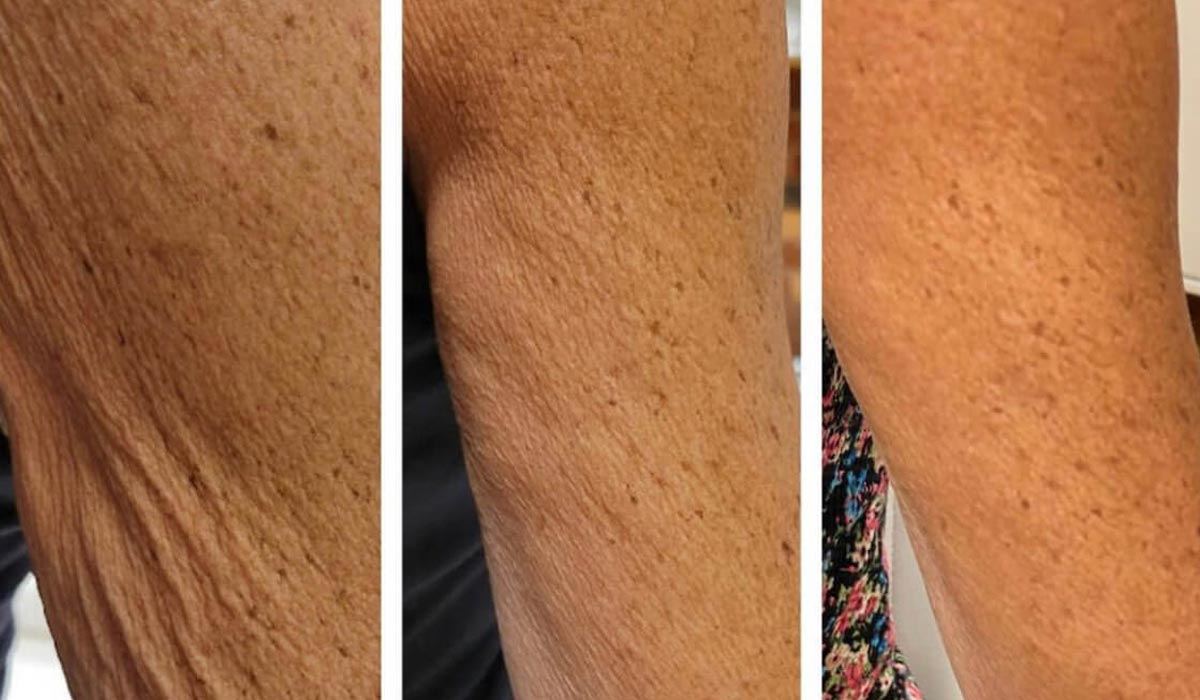When should I start Botox?

What age should I start getting Botox?
A commonly asked question in the world of Botox: what age is best to start seeking professional grade treatments for your skin? Let’s face it, you can invest in the most expensive creams, sunscreen and skin care devices, and there will still be a time when you look in the mirror and say: “I need to start doing more.”
The truth is, we all age differently and we all have taken care of our skin to different degrees throughout our younger lives. We constantly hear from dermatologists and the general media that wearing a highly-rated health and reef-safe SPF daily is your best defense to prevent skin damage and future aging. Wearing SPF and overall responsible daily skin care, however, is only part of the equation! Genetics and skin type will also play a significant role in determining the right age for you to consider a more technical or medical grade skin rytual.
Genetics and Skin Type
Your ancestral line will tell you a lot about how you’ll age — and this usually will parallel the type of skin you have. In the skincare industry, we are beginning to see more and more references to what is named the Fitzpatrick scale in relation to our skin. The Fitzpatrick phototype scale was developed in 1975 by Harvard Medical School dermatologist Thomas Fitzpatrick to classify a person’s complexion in relation to their tolerance to sunlight, as well as their likelihood of getting skin cancer.
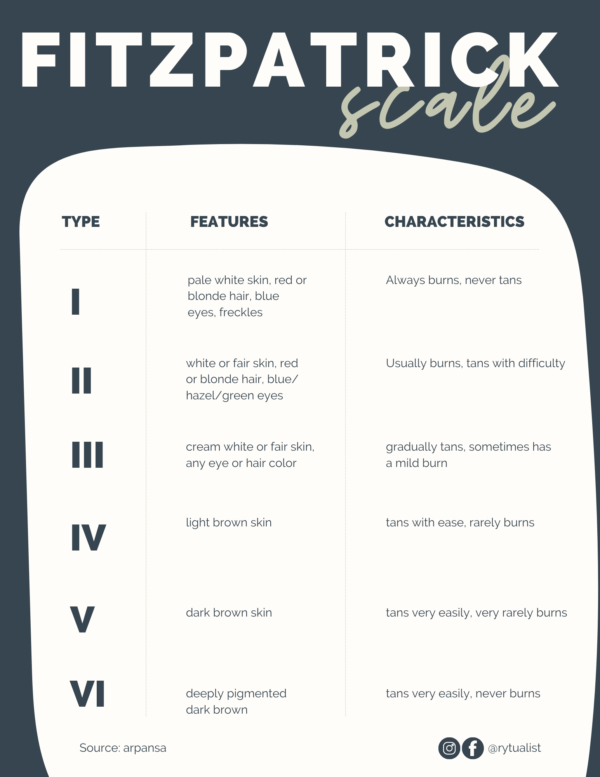
While the Fitzpatrick scale is the most commonly known skin typing scale, many experts in the field of dermatology are continuing to refine the skin typing scale to more accurately reflect ethnicity and its overlap with skin type. For example, in the late 90s Dr. Harold Lancer published the Lancer Ethnicity Scale, which classifies skin type based on how different skin colors respond to burning, tanning, post-inflammatory pigmentation and more. His theory takes into account both skin tone and ancestry in order to classify skin type, which can further be used to determine how patients might respond to skin treatments such as laser treatments and chemical peels.
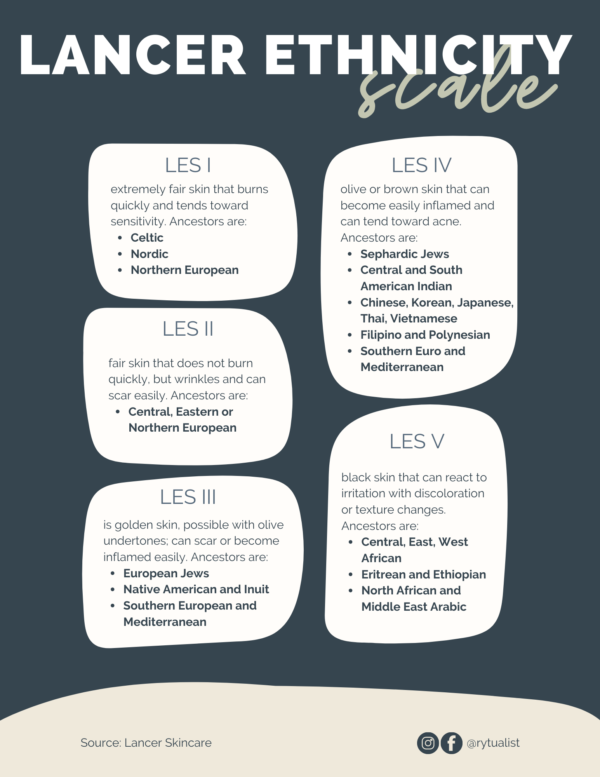
The most recent skin type classification, the Baumann Skin Type Solution, focuses on four barriers to skin health: inflammation, pigmentation, dehydration and aging. Cosmetic dermatologist Leslie Baumann has derived the following parameters for characterizing facial skin types: dry or oily, sensitive or resistant, pigmented or nonpigmented, and wrinkled or unwrinkled. An evaluation of all four parameters results in 16 possible skin types. You can view the various classifications on Baumann’s website here.
Skin Type and Neurotoxin Treatments
Now that you’re familiar with your skin type and how it’s been passed down to you from your parents and grandparents, think about how genetics will tell you when you’re ready for professional skincare treatments. If you’re among the Northern European skin types, you will most likely see signs of photo facial aging sooner than your friends with ancestry from Southern Europe, Asia and Africa.
Your skin is thinner and will be more susceptible to creases caused by repetitive muscle use, first around the eyes (e.g. elevens, crows feet and forehead lines). Neurotoxin treatments, such as botox, xeomin or dysport, are your first and best friend! Treat these muscles at the first signs of creases to get ahead of the aging process. These treatments alone are your best preventive measure against further progression of skin creases.
Rethinking “Age”
We have to re-think the idea of ‘age’ as it relates to professional skin treatments. Our skin types are going to guide us more reliably than age and we need to feel comfortable and confident to use the new treatments available to us today that weren’t there for our moms or grandmothers. Science is telling us that we will continue to live longer and higher quality lives, shouldn’t our skin reflect the youth we feel inside?
At Rytualist, we’ve crafted our service offerings specifically for those interested in starting treatments early. We work with our clients to right-size the treatment based on their desired results today, regardless of age. So, don’t be intimidated or embarrassed about using Botox – it’s easy, it’s safe and our clients love the results!


